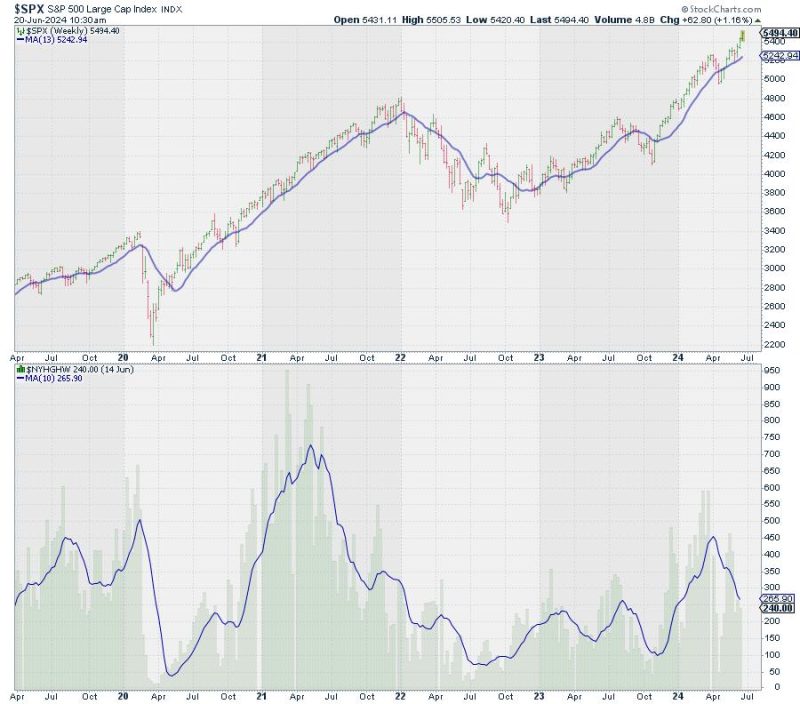Price Pays, But for How Long?
Is the high price you pay for a product truly worth it in the long run? Many consumers grapple with this question as they navigate the marketplace in search of the best value for their money. While it may be tempting to opt for the most expensive item in the hopes of receiving superior quality, it is crucial to evaluate whether the benefits justify the cost over time.
Quality Over Quantity
One common argument in favor of investing in pricey products is the perceived superiority of their quality. Brands often tout their use of premium materials, advanced technology, or expert craftsmanship as reasons to justify a higher price point. Consumers may believe that by paying more upfront, they are ensuring better performance, durability, and functionality, thus saving money in the long term by avoiding frequent replacements or repairs.
However, the correlation between price and quality is not always straightforward. While some expensive products may indeed deliver on their promises and stand the test of time, others may fall short of expectations despite their lofty cost. Factors such as brand reputation, marketing strategies, and consumer perception can influence pricing, sometimes leading to inflated prices that do not necessarily reflect the product’s true value.
A Cost-Benefit Analysis
To determine whether a high-priced product is a wise investment, consumers must conduct a cost-benefit analysis that takes into account various factors beyond the initial price tag. Considerations such as maintenance and operating costs, warranty coverage, resale value, and overall satisfaction should all be weighed against the upfront expense to gauge the true worth of the purchase.
For example, a luxury car may come with a hefty price tag, but its fuel efficiency, low maintenance requirements, and high resale value could offset the initial cost over time, making it a financially savvy choice for some buyers. On the other hand, a designer handbag might be a status symbol for fashion-conscious consumers, but if it lacks practicality and durability, the appeal of the brand name may not justify the exorbitant price for others.
The Value of Experience
Beyond tangible benefits and financial considerations, the value of a product can also be measured in terms of the intangible benefits it provides. Whether it’s the sense of prestige that comes with owning a luxury item, the peace of mind that accompanies a reliable purchase, or the joy of using a well-crafted product, these experiential aspects can enhance the overall value proposition and make a high-priced product worth it in the eyes of the consumer.
Ultimately, the decision to purchase a pricey product should be based on a comprehensive evaluation of the value it offers across multiple dimensions. While cost is undoubtedly a significant factor to consider, it should not be the sole determining factor in the buying process. By weighing quality, cost-effectiveness, and overall satisfaction, consumers can make informed choices that align with their needs, preferences, and budget constraints.
In conclusion, price pays, but for how long and to what extent depends on a multitude of factors that go beyond the initial investment. By carefully assessing the value proposition of a high-priced product, consumers can make informed decisions that balance quality, cost, and satisfaction to ensure a worthwhile purchase that stands the test of time.

